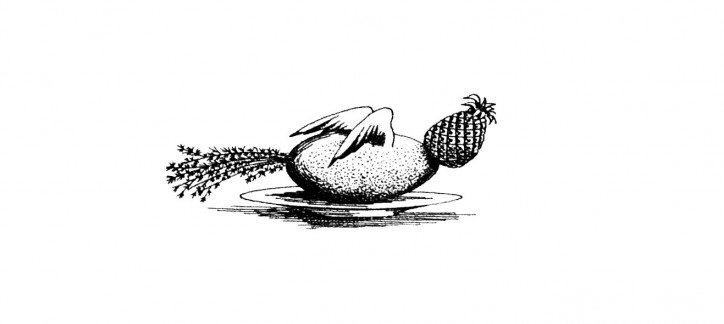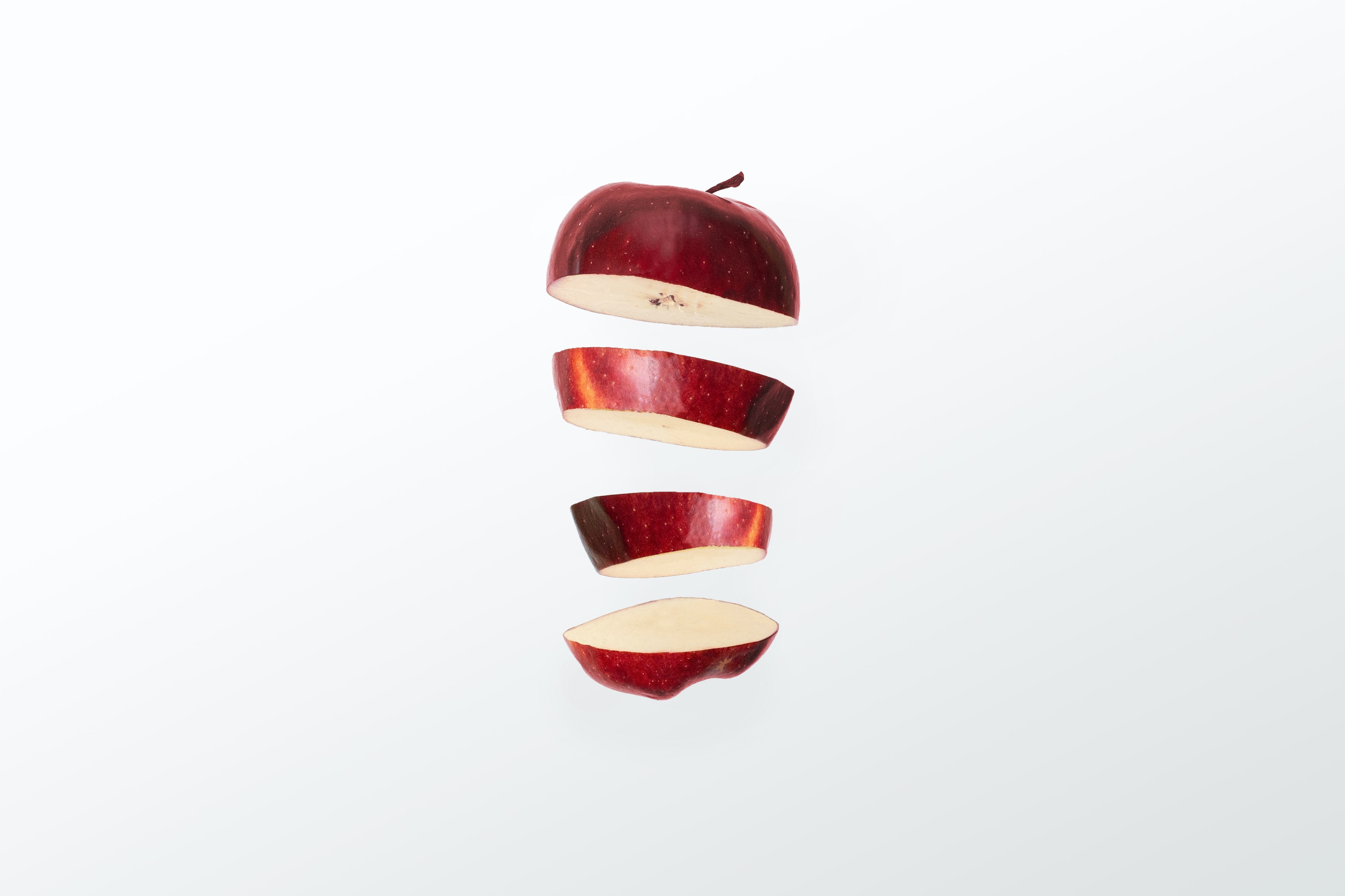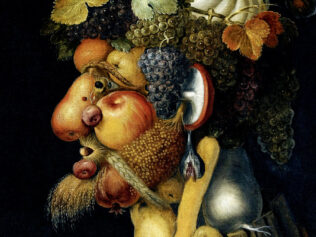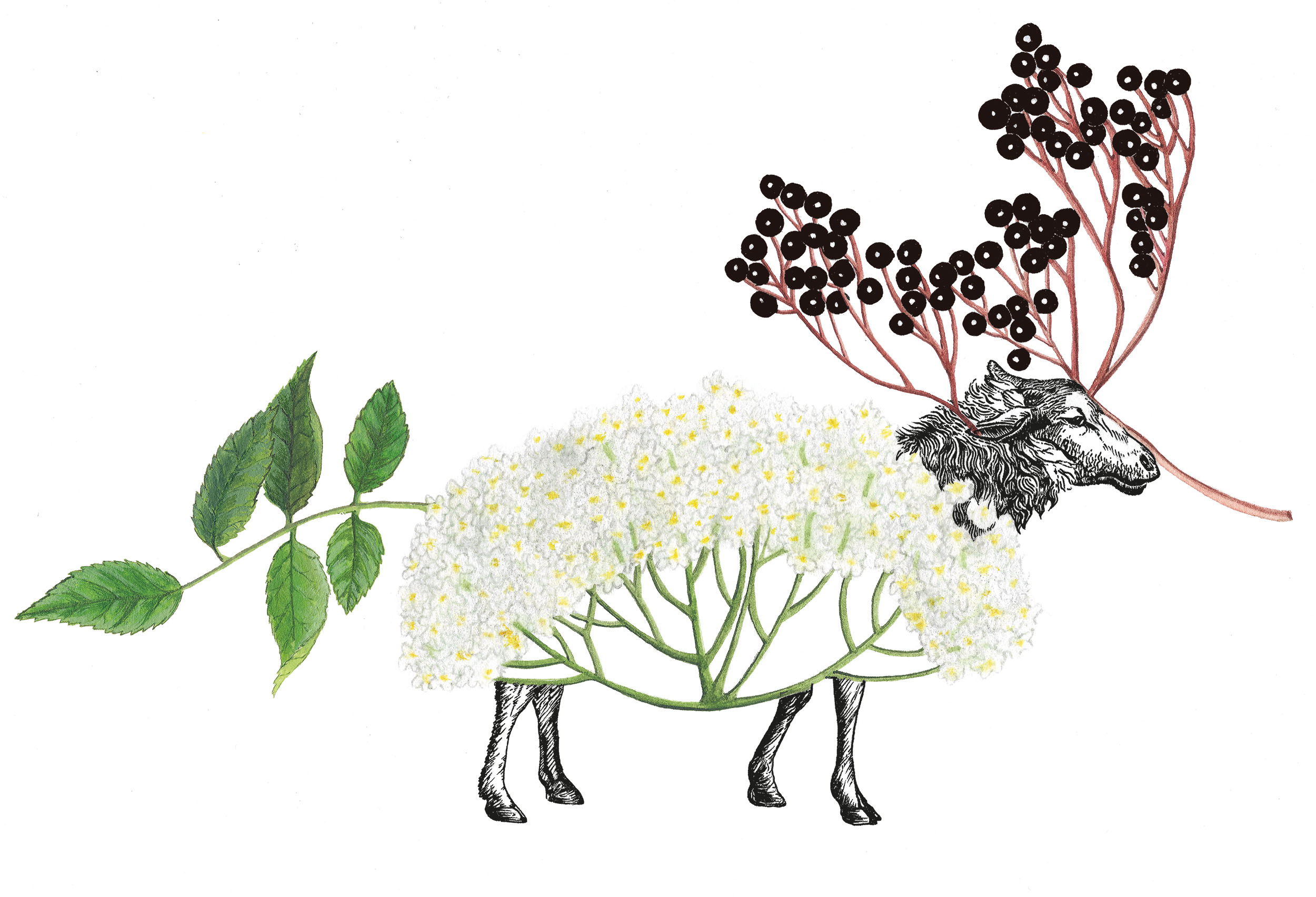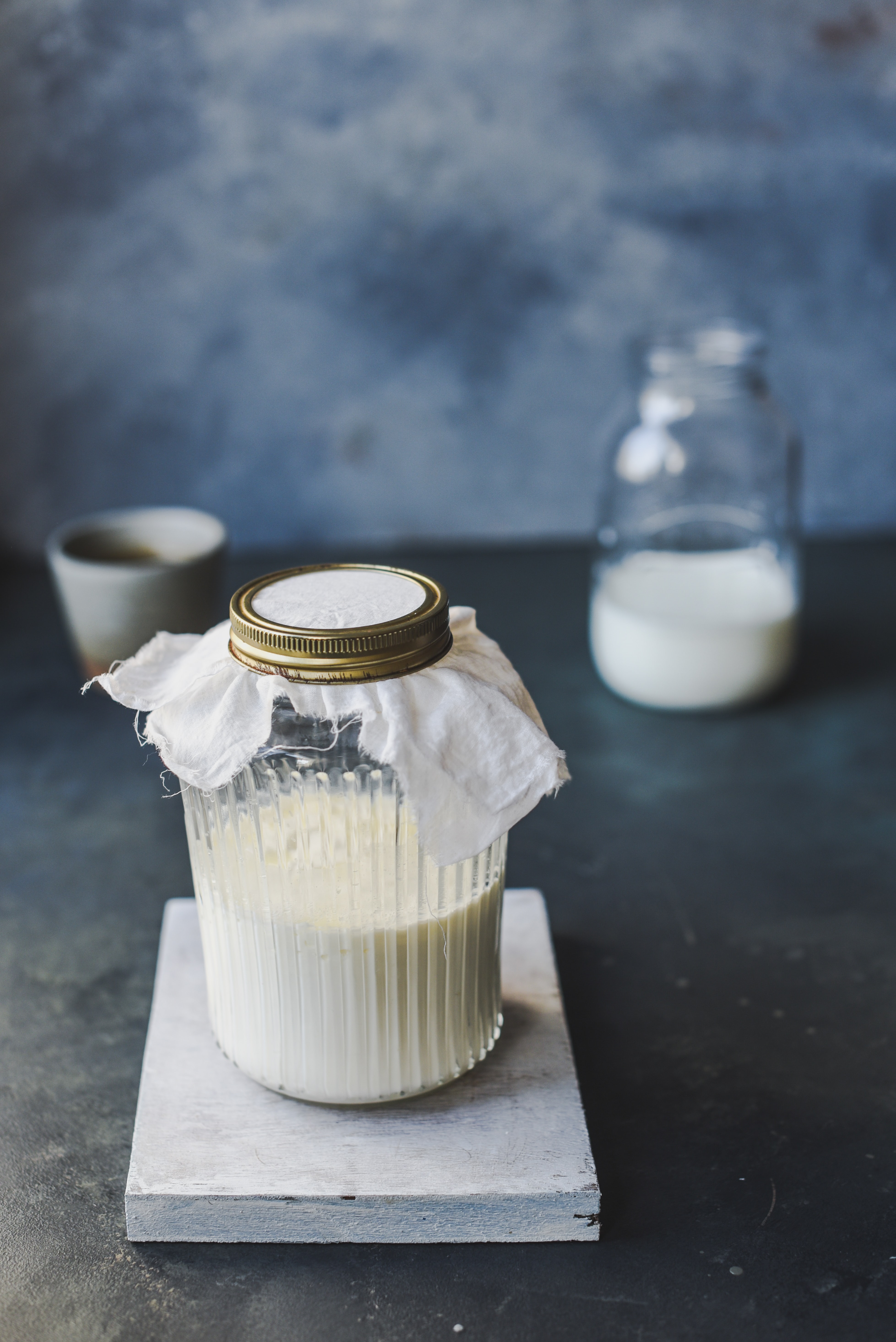
Food without sourness would be like a sunset without the colour red. Without utilizing the sourness of acids, there can be no balance between the primary flavours of sour, sweet, bitter, salty and umami. Sourness cuts through the heaviness of a dish, making flavours sparkle, cleansing the palate and refreshing the soul.
One of the most common ways to add sourness to a dish is by adding vinegar. Despite its critical role in cuisine, people seem to care very little about the quality of their vinegar. The good news is that making your own vinegar, one of the most ancient traditions of gastronomes, is almost effortless and practically free.
Growing wild all around us, mountains of apples fall to the ground uneaten. Wild apples allow us to experience the fullness of flavours that have been bred out of grocery store varieties. While many of them are too face-puckering to eat raw, they do make a killer vinegar.
Vinegar is perhaps the oldest of condiments. Used as a dip for bread and for a refreshing drink with ascribed medicinal properties, the history of vinegar begins with the Babylonians at around 5000 BCE. Used in Greek and Ayurvedic medicine, drunk by samurais and Roman soldiers, vinegar is the Swiss army knife of condiments. Sekanjabin, an ancient Persian drink of honey, vinegar and water served with mint, is a ridiculously tasty summer cooler, similar to lemonade.
Apple Cider Vinegar
6 apples (rinsed but not scrubbed)
4 tbsp (50g) sugar
Filtered water (enough to cover)
Glass jar (washed and sterilized)
Cloth
Rubber band
Cabbage leaf (optional)
Using boiling water or the dishwasher, sterilize a glass jar that is large enough to hold all of your apples. Wild apples have yeasts on their skin that aid in fermentation. It’s good to give the apples a quick rinse, but don’t wash off all the yeast. Roughly chop the apples and place them in the jar. Add enough filtered water to cover the apples, and stir in the sugar. Apples float in water, but you can cover them with a cabbage leaf to keep them submerged. Cover the jar with a cheesecloth or similar fabric, fastened with a rubber band, to allow the liquid to breathe (keeping out bugs and other biological intruders). Store in a dark, warm place for about two weeks.
Once most of the apples have stopped floating, you’re ready to proceed. Strain the liquid from the apple pieces and return the liquid to the jar, covering once again with the cheesecloth. Put the discarded apples and cabbage leaf into your compost. Return your juice jar to a warm, dark place.
Leave the liquid for another 4-8 weeks, stirring every few days. Very often, a skin will form on the surface of the vinegar. This is called the ‘mother’. It’s a nurturing cellulose entity that aids in fermentation and is good for your health. After about a month, the vinegar should be ready to use. If you prefer more acidity, then you can let it stand longer. Bottle the vinegar with an air-tight lid to end the chemical process.
A note about mould: white is good, any other colour (i.e. green/black) is bad. Discard if green or black mould forms.
